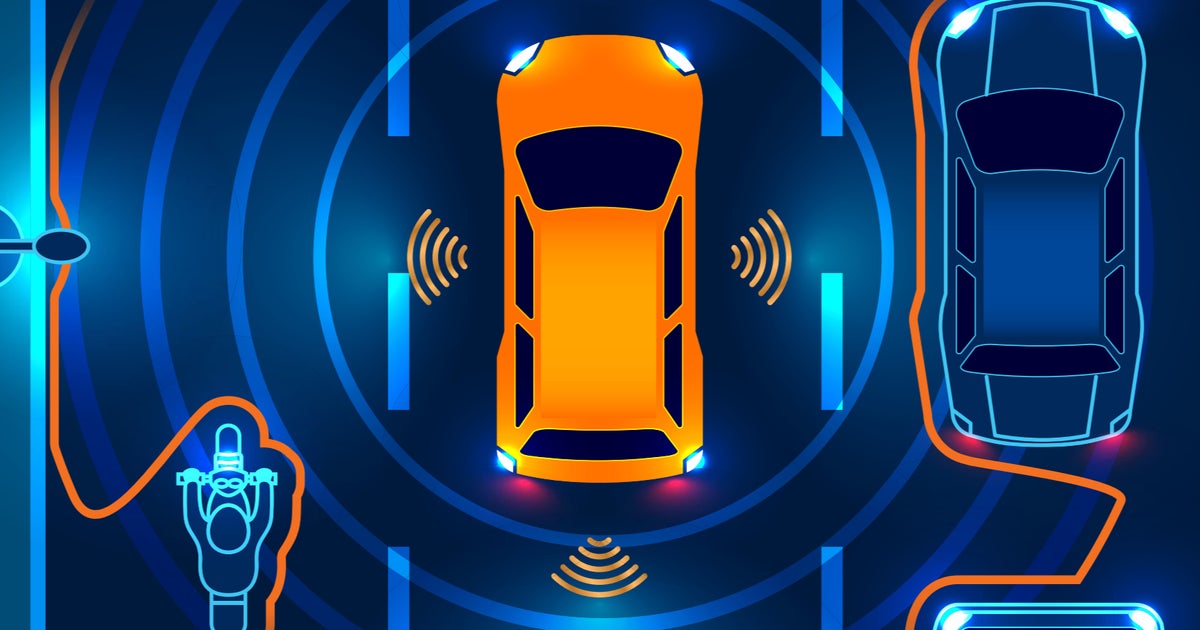Cenet Whispers
Your source for the latest insights and trends.
Are We Ready for Cars That Drive Themselves?
Explore the future of transportation and discover if we're truly ready for self-driving cars to take over our roads!
The Future of Transportation: How Close Are We to Fully Autonomous Vehicles?
The future of transportation is rapidly evolving, and fully autonomous vehicles are at the forefront of this transformation. Many experts believe that we are closer than ever to realizing this dream, with numerous companies investing heavily in research and development. Autonomous technology is gaining traction, as advancements in artificial intelligence, machine learning, and sensor technology continue to improve the safety and efficiency of self-driving cars. According to recent estimates, widespread adoption of autonomous vehicles could happen within the next decade, potentially reshaping urban mobility and reducing traffic congestion.
However, the journey towards full autonomy is not without its challenges. Legal, ethical, and regulatory considerations must be addressed before fully autonomous vehicles can effectively hit the roads. For instance, liability issues in the event of an accident involving a self-driving car pose significant questions. Additionally, societal acceptance and infrastructure readiness are key factors that will influence the pace of adoption. As we navigate these hurdles, it becomes clear that while we are making significant strides, the path to a future dominated by autonomous transportation is still unfolding.

Understanding the Technology Behind Self-Driving Cars: What You Need to Know
As self-driving cars continue to evolve and capture public interest, it's essential to understand the underlying technology that powers these vehicles. At the core of self-driving technology are sophisticated algorithms, machine learning, and advanced sensor systems. These cars utilize LiDAR (Light Detection and Ranging) and radar to create a detailed map of their surroundings, identifying obstacles, pedestrians, and other vehicles in real-time. This data is processed by onboard computers that utilize artificial intelligence to make split-second decisions, ensuring a safe driving experience
Moreover, self-driving cars rely heavily on a combination of various technologies including computer vision, which allows them to interpret visual data from cameras, and GPS for navigation. This convergence of technologies enables vehicles to understand their environment and navigate complex traffic situations effectively. As advancements in this field continue to progress, it is crucial for consumers and industry stakeholders alike to stay informed about the implications and potential of autonomous vehicles on our roads.
Are We Prepared for the Ethical Implications of Autonomous Driving?
As autonomous driving technology rapidly advances, it becomes crucial to consider whether society is adequately prepared for the ethical implications that accompany this transformation. With vehicles equipped with artificial intelligence making critical decisions on the road, we must address questions surrounding liability in the event of accidents. Who is accountable when a self-driving car malfunctions? Is it the manufacturer, the software developer, or the owner of the vehicle? These questions create a complex legal landscape that must evolve alongside the technology, ensuring that accountability is clear and just.
Moreover, the deployment of autonomous vehicles poses ethical dilemmas regarding safety and decision-making in life-or-death situations. For instance, should a self-driving car prioritize the safety of its passengers over pedestrians in the event of an unavoidable accident? This dilemma raises significant moral questions that challenge our traditional views on ethics and responsibility. As we embrace the future of transportation, it is imperative that we engage in discussions about these issues and establish robust frameworks that provide guidance on how autonomous vehicles should operate in critical scenarios.